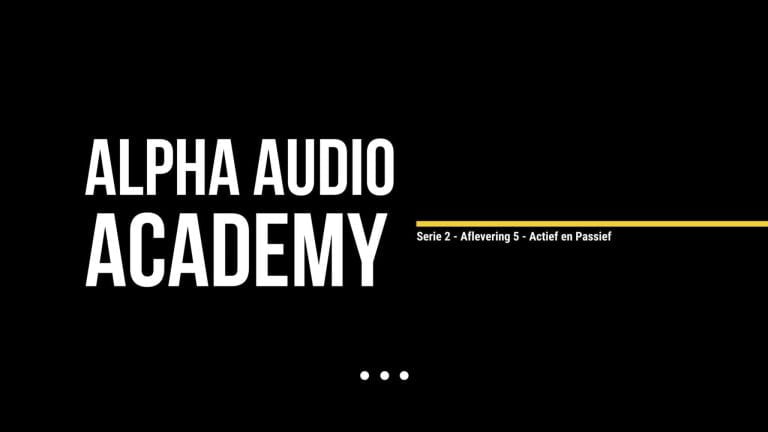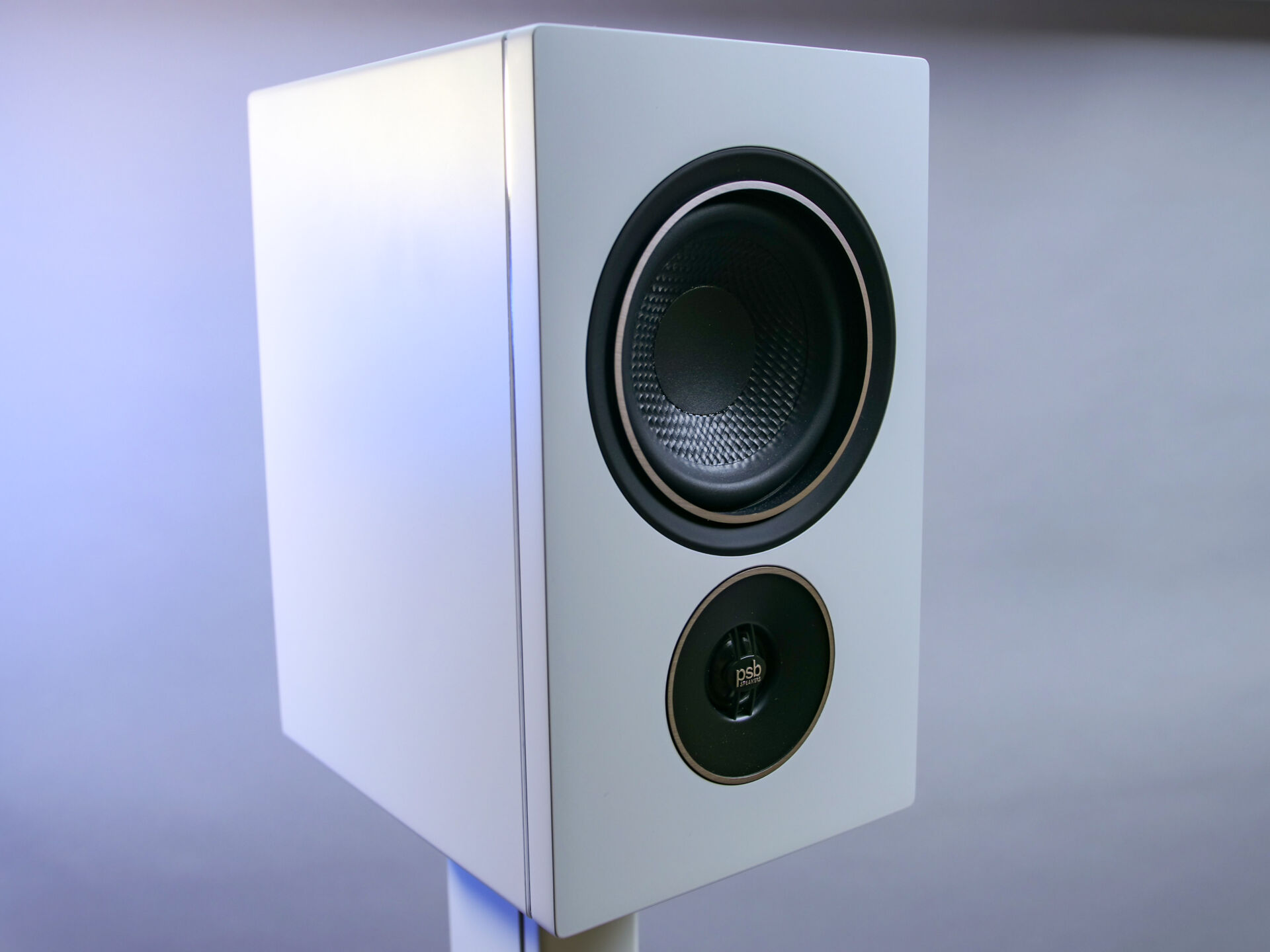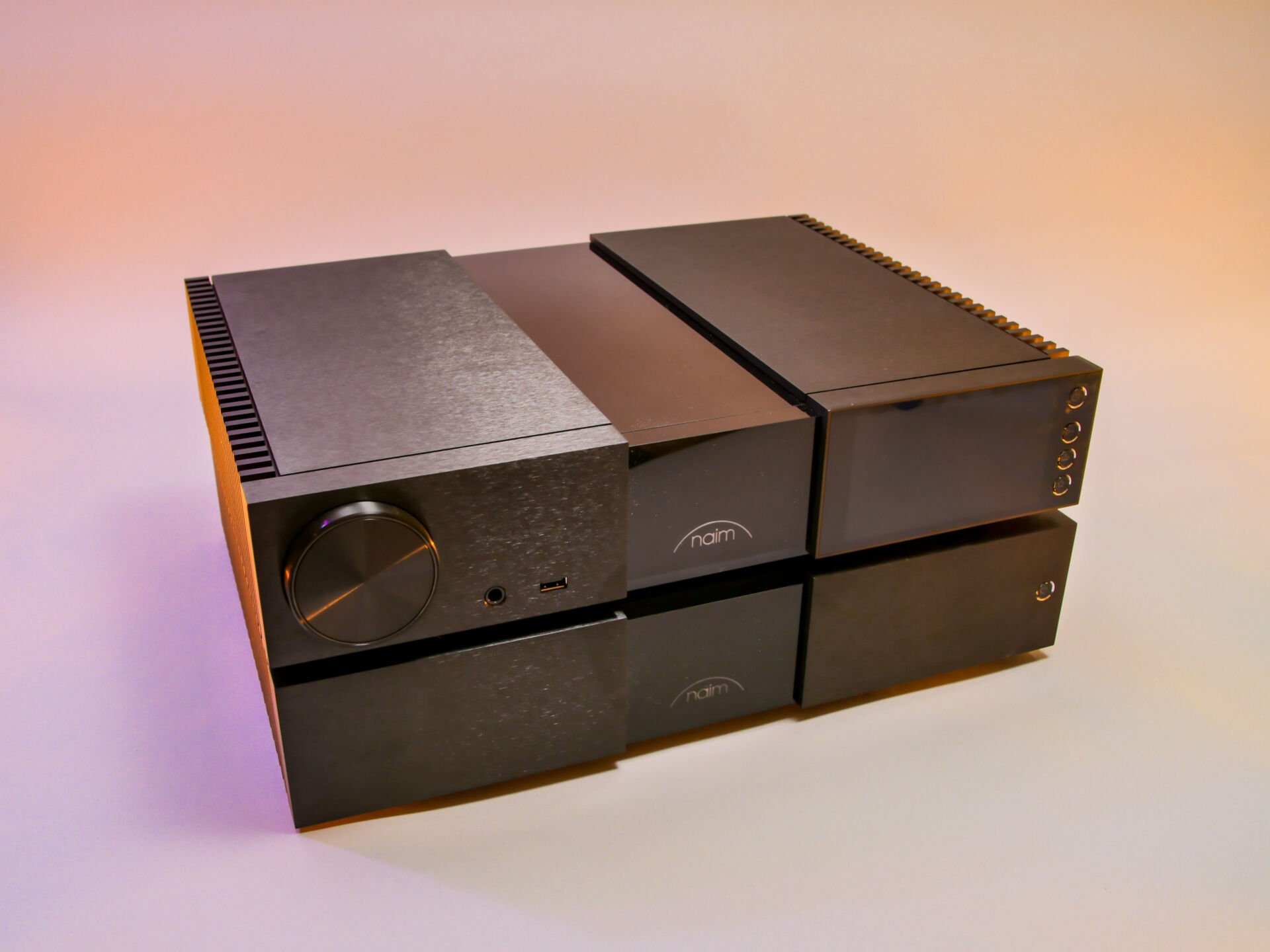

Let’s state up front that this episode is not intended for people looking for a hobby element. We’ll be covering the differences between passive and active speakers here. And the various approaches to an active speaker. Think about a powered speaker, a filter in active elements or a DSP solution.
If we look very soberly at a passive or active approach, it’s a no-brainer to go for active. With a passive speaker, an incredible number of elements can throw a spanner in the works. In effect, you are putting the cart before the horse. Why send a full-range music signal to a power amplifier and then send it through a filter that distributes it among the units?
It is of course much smarter to filter beforehand and feed the separate amplifiers only the bandwidth they need to amplify for the unit they are driving. There is then a better separation of the signals, lower distortion and the amplifier can be tailored exactly to the bandwidth in which it should function optimally.
With an active speaker it is also possible to filter with active components or let it be done by a DSP. With active components we mean besides resistors and capacitors also op-amps, diodes and LEDs for example. The advantage is that you can filter the signal steeper and can completely control. The disadvantage is that the result is very much dependent on the choice of components.
We go mainly into the advantages of filtering with a DSP.
Listen and watch this episode (Dutch)
Everything tailored to your needs
With a passive speaker, a manufacturer basically has to take into account variables they don’t know about. What kind of amplifier will the customer use? A tube? Transistor? Class A, AB, D… How much control is there? All things that affect the outcome. It is an impossible task for a manufacturer to make a speaker that matches everything well. In short: he has to make concessions.
Now a manufacturer will therefore also make choices in terms of controllability, efficiency, etc. Not for nothing are there speakers with high and low efficiency. And1st order,2nd order,3rd order filters, etc. In short: the design is optimized for a certain type of amplifier. At least for a tube or transistor. And in a sense for an amplifier with focus on current or voltage delivery.
With an active design, a manufacturer has everything under control. From units to cabinet, filtering and amplification. This has definite advantages, because by tuning everything together, an optimal result can be achieved. To name but one thing: the manufacturer knows per unit what the optimal operating area is and can adjust the filters very precisely … even if this has consequences for the amplification. After all, he also has control over that.
The amplification can be optimized per unit. We therefore increasingly see a mix of Class D and Class AB where the Class D is put on the low and Class AB on the mid and high. By leaving this to the manufacturer you are spared the search for a good match and you know in fact that everything works well together. This gives a ‘regular consumer’ a lot of peace of mind.
Filtering
Speaking of filters: we estimate that this is where the biggest advantage can be found. By both filtering very precisely and sending this filtered signal to the various amplifiers, a much cleaner result can be achieved. After all: at the input the signal is immediately split up – active or with a DSP – and that filtered signal goes to the amplifiers. The amplifiers’ responses to the units stay within their own area and cannot affect other frequency spectra as in a passive system.
It will not have escaped your notice that bi-wiring – or better yet, bi-amping – gives a cleaner result. Imagine also that each amplifier only has to amplify its own spectrum…
DSP filtering
In a previous episode we explained that a steeper filter is actually better, because there is less overlap and we can then very precisely control the optimal operating range of a unit. Now a very steep filter is incredibly complex to realize with passive components. Even an active filter is still not sacred. With a DSP it is already better to do, although even that is no sinecure we have understood from various manufacturers. Because both analog and digital have their own challenges.
The challenge with digital is of course in the tight clocking of the signal – after all, it has to go to analog once and then accurate timing is crucial. But apart from that, it’s also in pre- and post-ringing that needs to be kept under control; effects that occur when a digital signal is filtered. Post- and pre-ringing are very well audible if not properly controlled; something audible in older converters.
What the slightly more advanced active speakers with DSP filters can also do is to compensate for impulse behavior. The manufacturer knows the characteristics of the speaker and can compensate for any imperfections. This is always a rather dangerous ‘double edged sword’, because you do not want to start messing around too much, because then it quickly becomes too lifeless and unnatural. Finding the right balance is the key to a musical product.
Still about the hobby
OK… so an active speaker actually has only advantages. Technically, that is. As a result, an active system of, say, 10,000 euros cannot be outperformed by a passive system of 10,000 euros. The integration of an active system is simply better. In addition, with a passive system a manufacturer must also make a box around the amplifier, which again costs money. And then there are the cables… et cetera. In short: there are many additional costs, which is at the expense of the overall quality picture.
But yes: we enthusiasts are not always rational. And that’s why there are still plenty of passive speakers being made. More than active models. Partly because of the fact that there are very many enthusiasts with an existing system who want to upgrade. In short: an interesting market to serve. And it is a market with enthusiasts also mainly engaged in a hobby.
A few flavors
There are some other active options. One is a bit of a ‘cheat’, namely the powered speaker. In fact, they juist added an amplifier which then plays through the filter. Not really active. But we call it in the vernacular active. The only advantage here is that no speaker cable is needed. And no box around the amplifier. More cost savings than a really better technical approach.
And then there is a kind of hybrid solution that we do not often see. We do in the PA world, by the way. In this case the filtering is done in the power amplifier and the speaker – without a passive filter – is then driven from multiple amplifiers. Think bi-amping, tri-amping. Linn did do this. And NAIM can also do this with Kudos, for example. It’s a flexible system where the user can later apply the advantages of active, although the stack of amplifiers remains… still a bit of hobby preservation perhaps?
Closing
We hope you found this an interesting episode. An episode where we have explained the differences between active and passive and especially went into the benefits of active.
Do you find this kind of content interesting and would you like to support us? You can do so via Patreon. Thank you very much in advance and until the next episode!







